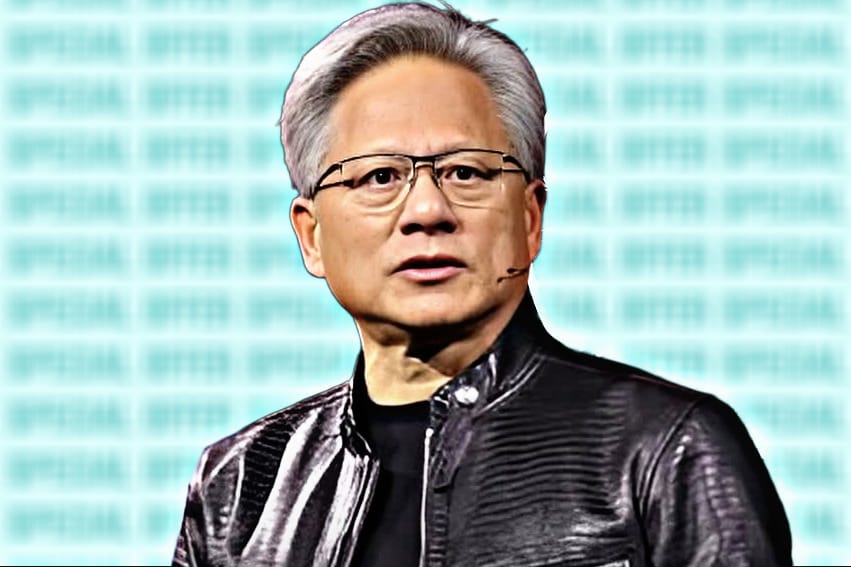Jensen Huang, the co-founder, president, and CEO of Nvidia Corporation, is widely regarded as one of the most influential figures in the tech industry today. Since the company’s inception in 1993, Huang has guided Nvidia to become a global powerhouse in graphics processing units (GPUs), artificial intelligence (AI), and high-performance computing (HPC). Under his leadership, Nvidia has transformed from a startup focused on gaming graphics to a leader in AI, data centers, automotive technologies, and other cutting-edge areas.
In this article, we will delve into the life, career, and groundbreaking contributions of Jensen Huang, exploring his rise in the tech world, his role in Nvidia’s growth, and the profound impact he has had on industries ranging from gaming and entertainment to healthcare and autonomous vehicles.
Early Life and Education: The Foundation of a Visionary Leader
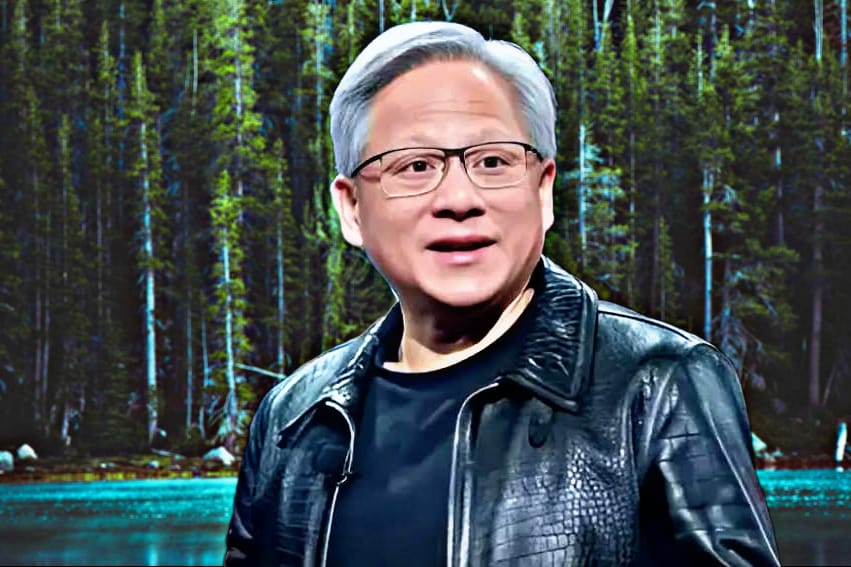
Jensen Huang was born on February 17, 1963, in Taipei, Taiwan, to a family that would play a pivotal role in shaping his future. At the age of 9, Huang’s family emigrated to the United States, settling in Oregon. This transition marked the beginning of his academic and entrepreneurial journey. Raised in an immigrant household, Huang quickly realized the value of hard work and education. His early exposure to the diverse opportunities available in the U.S. helped fuel his drive for success.
Jensen Huang attended Oregon State University (OSU), where he earned a bachelor’s degree in electrical engineering. During his time at OSU, he honed his skills in computer science and electrical engineering, both of which would later become essential in his career. His passion for computing and technology was further nurtured when he went on to pursue a master’s degree in electrical engineering at Stanford University, one of the most prestigious institutions in the world. It was at Stanford that Huang developed a deep understanding of computer architecture and the burgeoning field of graphics processing.
Despite being surrounded by cutting-edge research and industry titans during his time at Stanford, Jensen Huang was determined to carve his own path in the technology sector. His education laid the groundwork for the innovation and risk-taking that would define his career and the future of Nvidia.
The Birth of Nvidia: Turning Vision into Reality
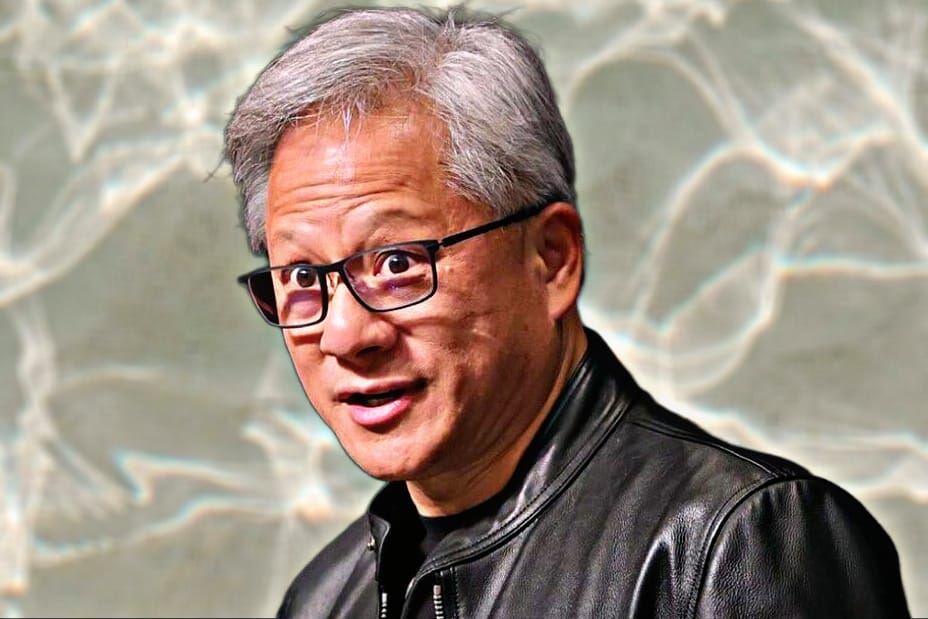
In 1993, Jensen Huang co-founded Nvidia with two colleagues from his Stanford days: Chris Malachowsky and Curtis Priem. The company was born out of a vision to revolutionize the way computers process graphics, an area that was increasingly vital as personal computing and gaming began to evolve. Nvidia’s initial focus was on the development of graphics chips that would cater to the needs of the gaming market, which was growing rapidly during the early 1990s.
At the time, graphics processing was mostly handled by CPUs, which were not designed to efficiently render complex visual images and animations. Jensen Huang saw the potential for dedicated graphics processing units (GPUs) to handle these tasks, freeing up CPU resources and vastly improving the quality of digital graphics. This vision led to the development of Nvidia’s first GPU, the NV1, which was released in 1995.
While the NV1 wasn’t an immediate success, it laid the groundwork for what would become Nvidia’s defining innovation: the GeForce series of graphics cards. In 1999, Nvidia released the GeForce 256, the world’s first GPU, which was a game-changer in the industry. This innovation shifted the graphics processing paradigm, allowing for hardware-accelerated graphics rendering and revolutionizing gaming graphics forever. The GeForce 256 became one of Nvidia’s flagship products, earning the company a reputation for cutting-edge graphics technology.
Under Jensen Huang leadership, Nvidia’s focus on innovation and performance set the stage for the company’s remarkable growth. The success of the GeForce series propelled Nvidia into the spotlight, making it a household name in the gaming community and establishing the company as a key player in the world of computer hardware.
Nvidia’s Expansion: From Gaming to AI and Data Centers
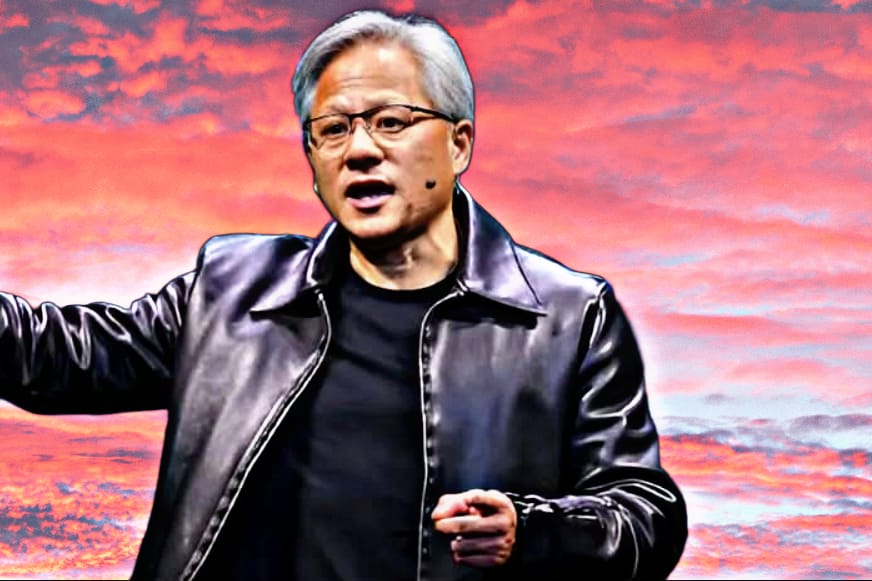
While Nvidia’s early success was rooted in gaming, Jensen Huang had always envisioned a future where Nvidia’s technology would extend beyond entertainment and into industries like artificial intelligence (AI), data centers, automotive technology, and more. As the demand for powerful GPUs grew across various sectors, Huang recognized the vast potential for Nvidia’s products to power cutting-edge technologies like machine learning, deep learning, and AI.
One of Nvidia’s key breakthroughs came in 2006 with the introduction of CUDA (Compute Unified Device Architecture), a parallel computing platform and programming model that allowed developers to use Nvidia GPUs for general-purpose computing tasks. CUDA enabled Nvidia GPUs to be used for a wide range of applications, including scientific research, financial modeling, and data analytics. This was a turning point for the company, as it expanded its reach from gaming to industries that relied on massive computational power.
In the following years, Nvidia’s GPUs became the go-to hardware for AI researchers and data scientists, cementing the company’s position as a leader in the field of high-performance computing. Huang’s foresight and commitment to innovation played a critical role in this expansion, and Nvidia’s GPUs became integral to the development of deep learning and neural networks, the foundation of modern AI.
Nvidia’s success in AI was further fueled by the rise of data centers and cloud computing. As businesses increasingly relied on cloud-based services for everything from data storage to software-as-a-service (SaaS) applications, the demand for powerful GPUs to support these workloads surged. Nvidia’s data center business began to take off, and the company expanded its product portfolio to include the Nvidia Tesla and later the Nvidia A100 Tensor Core GPUs, which are specifically designed for AI and machine learning workloads.
Jensen Huang strategic vision for Nvidia positioned the company as a key player in the burgeoning AI ecosystem. Today, Nvidia’s GPUs power some of the world’s largest AI models and data centers, from Google and Amazon Web Services (AWS) to Microsoft and OpenAI. The company’s leadership in AI and deep learning has helped shape the future of industries such as healthcare, finance, and autonomous driving.
Nvidia’s Role in Autonomous Vehicles
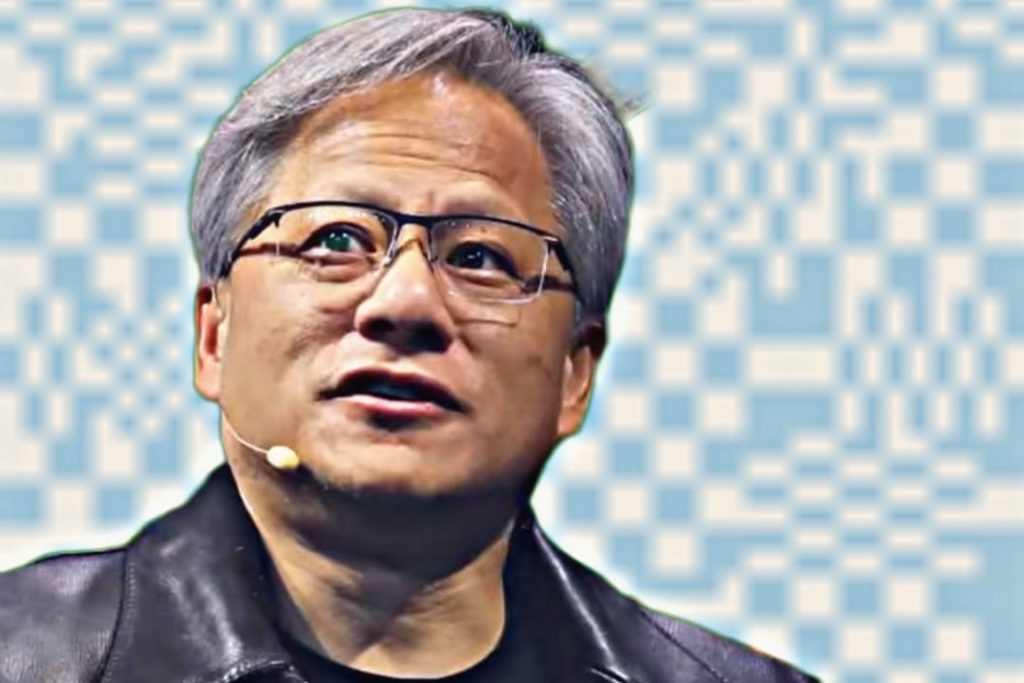
Another area where Jensen Huang has had a profound impact is in the development of autonomous vehicle technologies. Huang saw the potential for Nvidia’s GPUs to transform the automotive industry, particularly in the area of self-driving cars, which require enormous amounts of computing power to process the data from cameras, sensors, and lidar systems in real time.
In 2015, Nvidia launched the Nvidia Drive platform, a comprehensive suite of hardware and software designed to support autonomous driving. The Nvidia Drive PX series, which consists of powerful GPUs capable of processing data from multiple sensors simultaneously, has been adopted by several major automakers, including Tesla, Audi, and Toyota.
The Nvidia Drive platform is widely regarded as one of the most advanced systems for autonomous driving, and Nvidia’s leadership in this space has positioned the company as a critical player in the future of transportation. Huang’s ability to identify emerging trends and adapt Nvidia’s technology to meet the needs of these industries has been a hallmark of his leadership.
Financial Success and Market Influence
Under Jensen Huang’s leadership, Nvidia has not only achieved technical success but also financial triumph. Since going public in 1999, Nvidia has seen its stock price soar, turning Jensen Huang into one of the wealthiest individuals in the tech industry. As of 2024, Nvidia is valued at over $1 trillion, making it one of the most valuable companies in the world.
The company’s stock price has benefited from Nvidia’s dominance in several key markets, including gaming, AI, and data centers. Nvidia’s market capitalization has also been driven by Jensen Huang ability to make strategic acquisitions, including the purchase of ARM Holdings (pending regulatory approval) and Mellanox Technologies, a leader in high-performance interconnects. These acquisitions have further expanded Nvidia’s product portfolio and solidified its leadership in AI and high-performance computing.
Nvidia’s financial success is also a testament to Jensen Huang ability to create a culture of innovation within the company. Under his leadership, Nvidia has consistently ranked among the top tech companies in terms of R&D spending, reinvesting a significant portion of its profits into new technologies and products. This relentless focus on innovation has ensured that Nvidia stays ahead of its competitors and continues to push the boundaries of what is possible with GPU technology.
Personal Leadership Style: A Visionary and a Pragmatist
Jensen Huang is often described as a visionary leader, known for his deep technical knowledge, passion for innovation, and unrelenting drive to push Nvidia forward. His leadership style is a unique blend of pragmatism and idealism. While he is deeply involved in the technical aspects of the company, Huang is also a master at identifying broader trends and positioning Nvidia to take advantage of them.
Jensen Huang is known for his hands-on approach to leadership, often spending hours discussing new technologies with his engineers and product teams. He has a reputation for being deeply involved in product development and has a keen understanding of the technical challenges that his teams face. Huang’s ability to understand and articulate complex technical concepts has earned him respect from both engineers and business leaders.
At the same time, Jensen Huang leadership is marked by a strategic, long-term vision. He is known for making bold decisions, such as Nvidia’s early push into AI and autonomous driving, which have paid off handsomely in the long run. His willingness to take risks and invest in emerging technologies has been instrumental in Nvidia’s success.
Conclusion: A Legacy of Innovation and Impact
Jensen Huang’s journey from a young immigrant to the CEO of a trillion-dollar company is a testament to his vision, leadership, and unwavering commitment to innovation. Under his guidance, Nvidia has transformed from a small startup focused on gaming graphics to a global leader in AI, high-performance computing, and autonomous driving. His ability to identify new opportunities and drive technological breakthroughs has positioned Nvidia at the forefront of the most transformative industries of the 21st century.
Today, Jensen Huang is not just a tech CEO; he is a symbol of visionary leadership in the modern business world. His impact extends far beyond Nvidia, influencing industries ranging from gaming and entertainment to healthcare and transportation. As Nvidia continues to lead the way in AI, GPUs, and autonomous driving, Huang’s legacy as one of the most influential figures in tech history is firmly cemented.
As we look to the future, Jensen Huang’s commitment to pushing the boundaries of technology promises to continue shaping the industries of tomorrow. Through his leadership, Nvidia will undoubtedly remain at the cutting edge of innovation for years to come.

